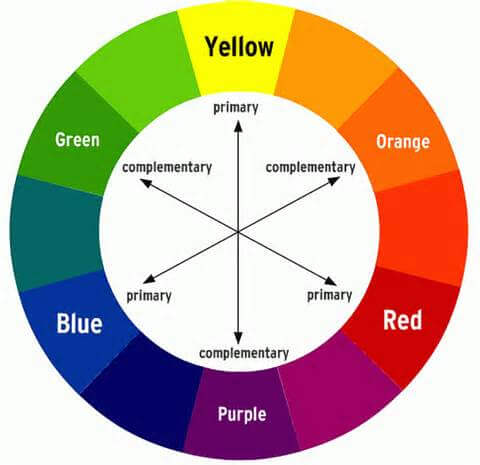Colour can evoke memories and feelings. It is thought that many of our colour associations are attached to our childhood. It is important to consider what colour you want your gardens. A fun way to explore colour and discover your personal favorites, is to ask yourself a few questions like: What colour of flowers would you choose in a flower shop? How would you describe yourself: calm, cheerful, outgoing? What colours do you have inside your home? Have you surrounded yourself with your favorite colours? You can start by deciding what colours you find pleasing to look at. Colours can create feelings. The warm shades of reds, yellows and oranges are energizing while the cool colours of blues, greens and purples are relaxing colours. Take a look at these descriptive words…see how they induce certain feelings. Red: Energy, strength, passion. Orange: Fun, and Joyfulness. Pink: Compassion, nurturing and tenderness. Yellow: the colour of sunshine! Cheerfulness. Green: the colour of Nature, Growth and Freshness. Blue: Stability, Calmness. Purple: Luxury, Creativity. White: Purity, Cleanliness. Black: Formal, Elegant. Then it is important to by aware of how colour works in design and how you can enjoy your favorite colours in your garden. When choosing plant combinations for a garden, designers consider the colour and form of the plant flowers and foliage. A colour wheel can demonstrate how to use colour to create an overall pleasing visual of the garden. Harmonious Colour Combinations Monochromatic Colour Scheme: This garden has variations of the same colour. The look is simple, elegant and pleasing. Consider adding a plant with bicoloured flowers to add a touch of interest. Analogous Colour Scheme: Use two to three colours that are side by side on the colour wheel. This creates an excellent match that is harmonious without vibrant effects and provides easy transitional views. Contrasting Colour Combinations Complementary Colour Scheme: Use colours straight across on the wheel. This provides a strong visual cue and can create a focal point. Using this colour scheme creates the maximum colour contrast. Polychromatic Colour Scheme: This is using every colour together. This requires a good plan and some experimenting to ensure it is working well. Triadic Colour Scheme: Using colours that are evenly spaced around the wheel. This creates a vibrant effect. These guidelines are just options to help make planning your garden easier. Your garden has to be a reflection of what you like, so don’t feel you have to follow the rules. The main point is to: Have fun with colour in your garden! By: Shirley Edwards
Recent Posts
Archives
- July 2017
- March 2017
- February 2017
- January 2017
- June 2016
- May 2016
- April 2016
- March 2016
- February 2016
- January 2016
- September 2015
- August 2015
- July 2015
- May 2015
- April 2015
- March 2015
- February 2015
- January 2015
- October 2014
- September 2014
- August 2014
- July 2014
- May 2014
- April 2014
- March 2014
- February 2014
- January 2014
- December 2013
- November 2013
- September 2013
- May 2013
- April 2013
- March 2013
- February 2013
- January 2013
- December 2012
- November 2012
- October 2012
- September 2012
- August 2012
- June 2012
- May 2012
- April 2012
- March 2012
- February 2012
- January 2012
- December 2011
- November 2011
- September 2011
- August 2011
- June 2011
- May 2011
- April 2011
- March 2011
- February 2011
- January 2011

